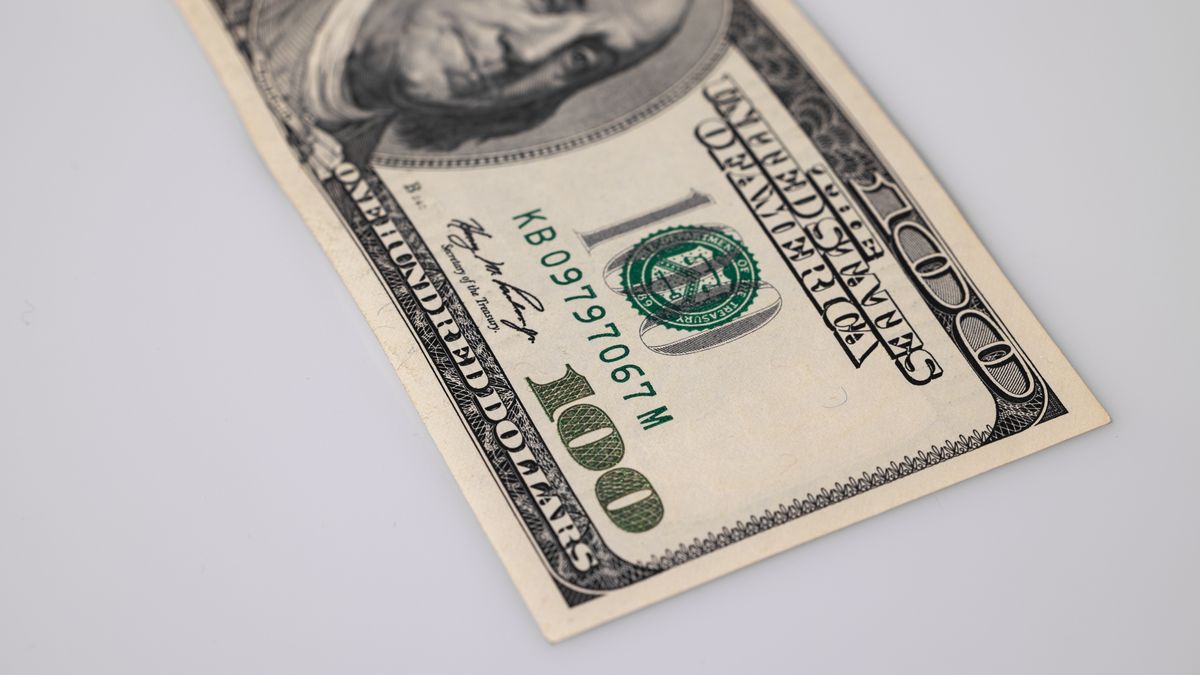The national government needs dollars, the monetary expansion in August was enormous, and the little money plan promises more injection of money in the street. The monetary base amounts to $8.1 trillion and increased 92.8% in one year, but the problem is the remunerated liabilities that the Central Bank has, the sum of bills and passes stands at $19.2 trillion and increase in one year a whopping 180%. The sum of monetary base plus remunerated liabilities totals $27.3 trillion and increases 147.0%.
We can clearly see that the behavior pattern of the Central Bank has changed. Today the wholesale dollar rises at a faster rate than past inflation, but it is below the effective rate of one-year fixed terms. Be careful, the fixed term rate measures what can happen in the next 12 months, inflation and the wholesale dollar is measuring what happened in the last 12 months.
In the recent past, the interest rate was well below the inflation rate, which made it attractive to borrow, today the opposite is true. We are in a time of change, and in the face of each change we must adapt quickly.
The loans granted by banks at a nominal rate of 140% per year look cheap, but they are not. If we convert this rate into effect, it gives us 275.9% per year. This makes these loans expensive. However, if we discount a check in the stock market with a term of 270 days, we do so at an annual rate of 127.0%, for each check of $10,000,000 million, we receive 50%, but for 9 months we do not write off the flow. We believe that in the next 9 months inflation will be much higher than the check discount rate.
While a few months ago it was convenient to take bank financing payable in the French or German system, today it is only convenient to discount a check guaranteed in the capital market. Change the form of financing, it’s like in a dance bowling alley, if they change the music you have to change the pace.
what’s coming
For the future we see many complications, the Exchange Balance of the Central Bank reflects a loss of U$S 13,631 million in the last 12 months ending in July, to this we must add that between advances on unpaid exports and imports we have a sum of US$ 16,454 million that the Central Bank owes to private parties. Between both concepts they add up to US$ 30,085 million.
The next government will have to settle the debt with exporters and importers, and will have nowhere to get US$ 16,454 million from, therefore, more restrictive measures on imports are coming in the future, either closing imports, or a large devaluation of the exchange rate that generates a threshold that is impossible to reach for the value that imported products will acquire in the domestic market.
In the next 90 days, with a fixed exchange rate of $350, a fixed term below the inflation expectation and future devaluation rate, bonds in pesos at a negative rate, whether updated for inflation, for the wholesale dollar or dual, all It indicates that the paths are oriented towards a rise in the price of alternative dollars.
The government also plays
In this scenario, the government goes out to look for more dollars, it would be proposing to the export sector that it liquidate 25% of exports of soybean meal and oil abroad at an exchange rate Cash with Liquidation at a price of $770, and 75% in the domestic market at a wholesale dollar of $350.
The soybean available from Matba Rofex closed at US$ 402, this implies $140,700 per ton. If this possibility of liquidating 25% abroad arises, soybeans could rise to a value of $182,910 or US$ 522. It seems a little high to us, and some precautions are always taken in the market, therefore, We believe that a soybean would not be unreasonable at a floor of US$450 or $157,500 a ton.
The amount of unpriced soybeans would amount to 12 million tons. If a third of this total is liquidated, the government would be entering the Central Bank’s coffers about US$ 1,500 million (remember that 25% is liquidated outside the country). For the program to be a success, it would be necessary for a minimum of 6 million tons to be settled, this would imply an income of US$ 2,250 million.
If there is an important liquidation, the government would increase the collection of export duties, which would increase public income, which would be vital to finance the platita plan and not generate a further expansion of the monetary mission.
conclusions
. – We are in a scenario of few reserves, an injection of dollars is urgently needed to be able to go through the next 47 days before the presidential elections, and the 74 days until the second round if there were one.
. – The next government is going to inherit few reserves, and an important debt with importers and exporters, it must be borne in mind that until March 2024 the dollars from the grain harvest will not enter, starting with the first-class corn and then with soybeans. It is vital that the rains continue to be able to plant prime corn in the coming weeks.
. – The Central Bank changed the pattern of behavior, today the wholesale exchange rate increases at a faster rate than the inflation rate, but below the fixed-term interest rate measured as the effective rate.
. – It is more convenient to take financing via check discount endorsed in the capital market, than taking a bank loan under the French or German system. Rates have increased remarkably.
. – In this context, medium-sized and large companies (directly or indirectly linked to exports) are getting into debt through the placement of promissory notes or negotiable obligations that adjust for the wholesale dollar. These instruments are placed at a negative rate in the market.
. – Investors do not find sovereign bonds in inflation-adjusted pesos, wholesale dollar or dual pesos attractive, since they are all yielding negative rates, therefore, we do not rule out that alternative dollars seek a greater gap against the wholesale dollar.
. – The December future dollar is trading at $746, and from our point of view the alternative dollars at the end of the year should be above $1,100 with a floor.
Source: Ambito
David William is a talented author who has made a name for himself in the world of writing. He is a professional author who writes on a wide range of topics, from general interest to opinion news. David is currently working as a writer at 24 hours worlds where he brings his unique perspective and in-depth research to his articles, making them both informative and engaging.




